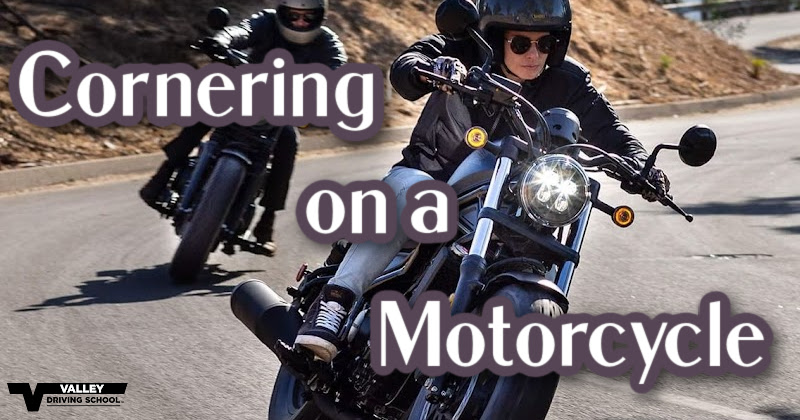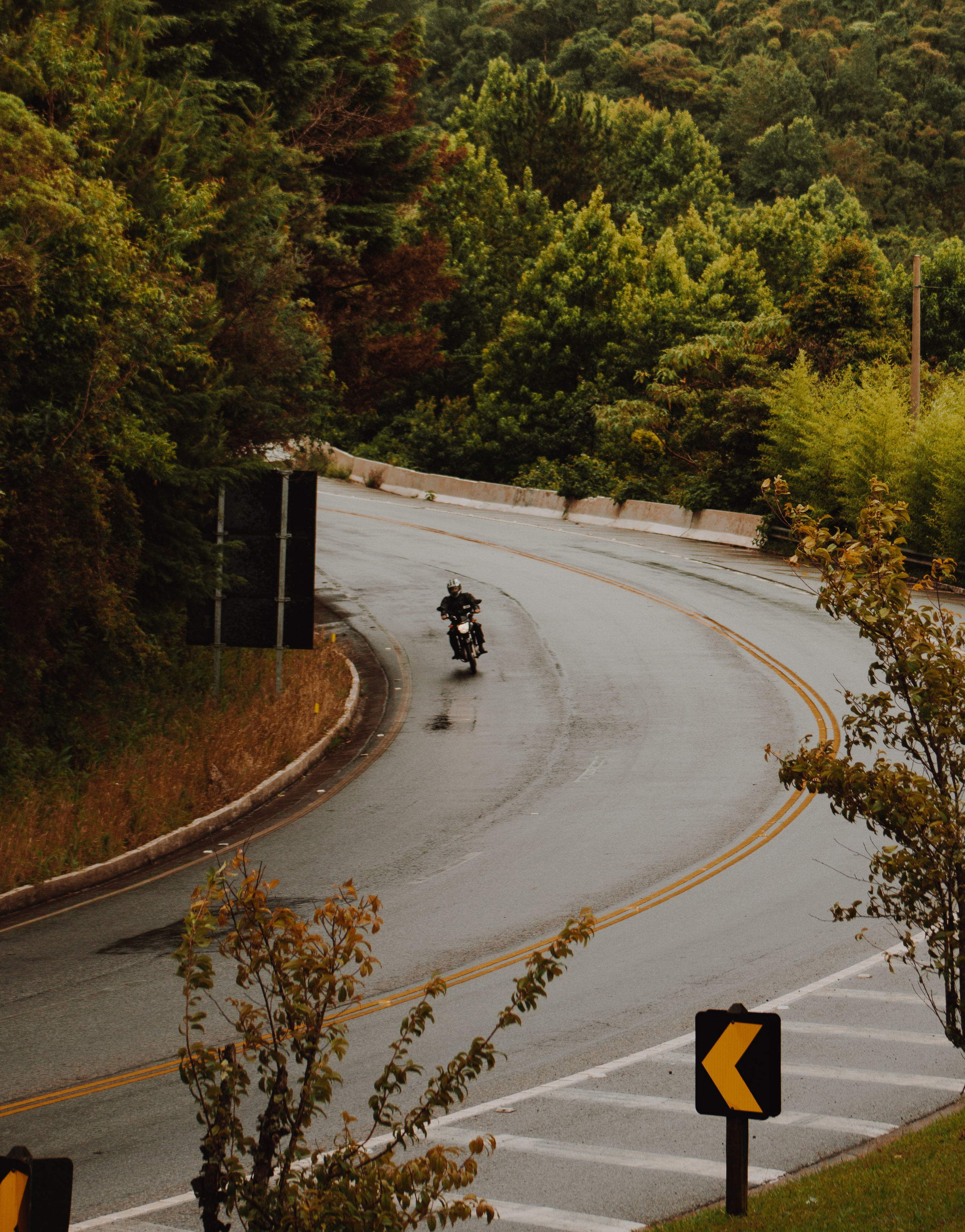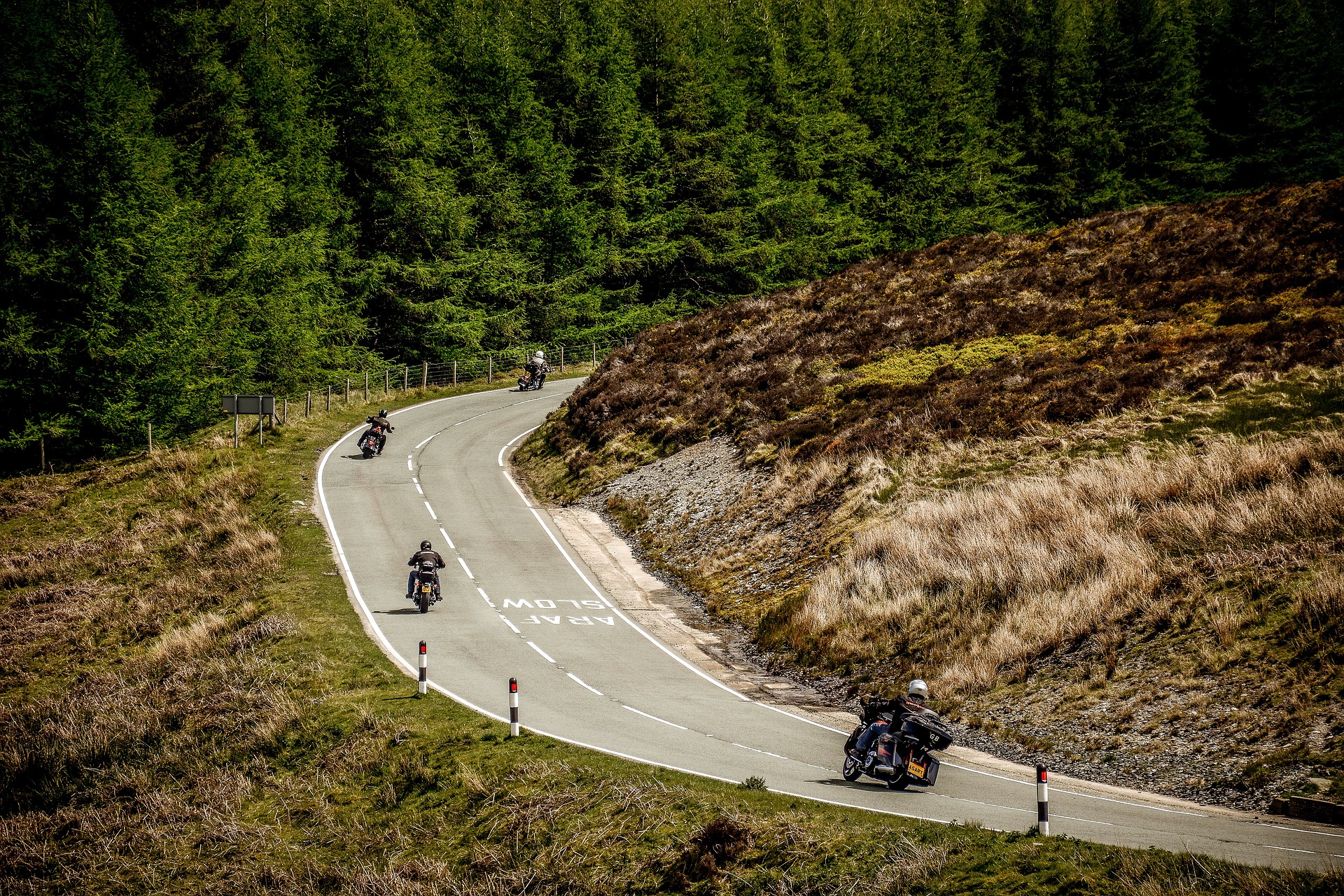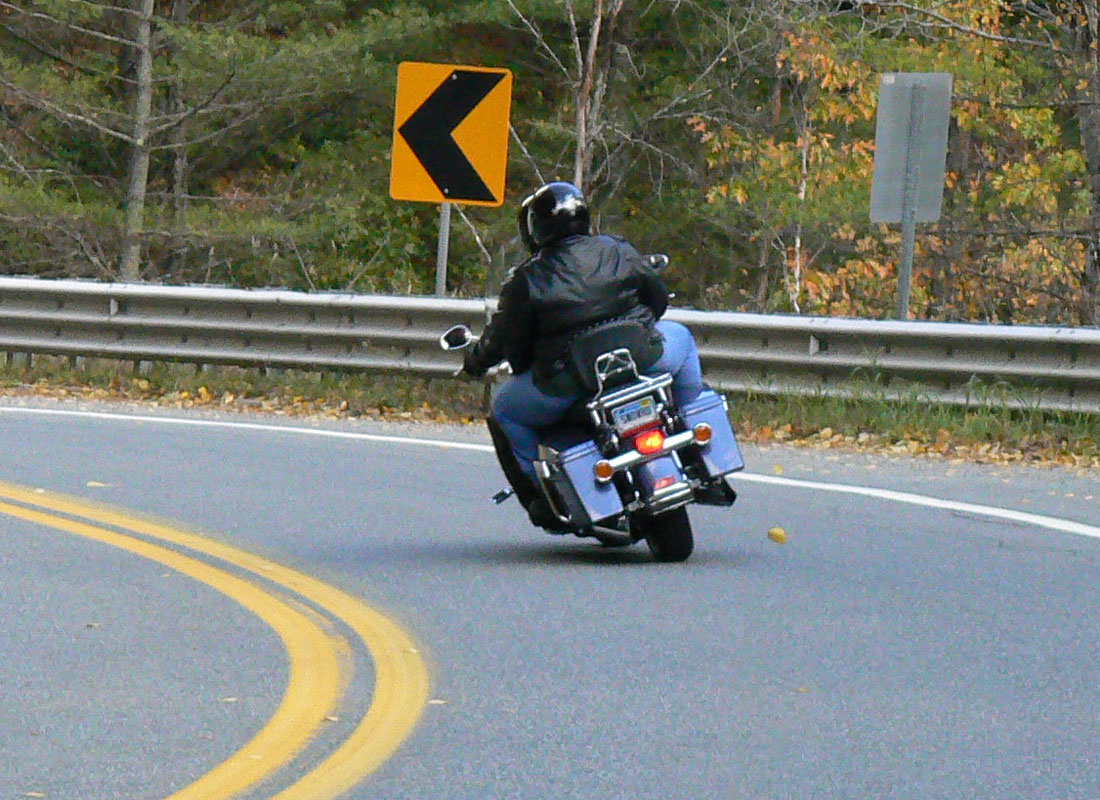Riding a motorcycle is synonymous with the freedom of the open road, the wind in your hair, and becoming one with your machine. It’s all about finding the perfect balance between man and machine and tuning into the energy of the roadway itself; vibing and jiving with the dips, dives, bends, bumps, and flow of the blacktop. The long straights are fun for cruising, but it’s the twists and turns that get the blood of true riding aficionados flowing.

Riding is a constant learning curve, so whether you’re an experienced rider, or a new rider - cornering on a motorcycle is a critically important skill to master, both for your personal enjoyment of riding, and for your safety on the road. In this post, we’re looking at the ins and outs of cornering on a motorcycle.
Speed
Some aspects of safe and effective motorcycle riding technique can sound counter-intuitive, but when you begin to understand how they blend together and help you understand your bike, they make all the difference in your riding IQ, and your ability to ride safe. Take cornering speed for example:
When approaching a corner - whether that be a long and gradual curve, or a left turn at an intersection - always slow down to an appropriate entry speed using both front and back brakes. When we say ‘appropriate entry speed,’ we mean a speed that you’re comfortable with, and a speed that will ultimately allow you to ease back on the throttle in an even manner as you progress through the corner.
As a general rule of thumb, always slow a little more than you think you’ll need to - if you find that you’re corning wide mid-corner, this means your entry speed was too fast. It’s not easy to find this balance because every corner is different, so there’s no true answer. Remaining cautious and aware are key to learning about your bike, it’s capabilities, and your understanding of the road you’re on.
As you leave the corner, ease back on the throttle to help you stand the bike back up, but more on this later.
Observe

This one also seems a little unnatural, but it’s paramount to your safety and your turning success. First, always ensure your cornering path is clear. Take a moment before entering your turn to make sure there are no pedestrians, congested traffic, or immediate obstacles that are going to give you trouble (slowing your speed appropriately will ensure your safety and the safety of other road users). When you begin your turn, turn your head so you can see in the direction that you’re travelling. This means removing your gaze from your periphery and looking where your bike is heading.
Watch experienced riders make a turn. You’ll notice how point their heads exactly where they’re heading as they round a corner. The advantage of doing this is finding your corner path, and ensuring you have a plan for your corner as you carry out the action.
Let’s imagine you are mid turn and are looking at the car in front of you, instead of your cornering path. Should a patch of water, gravel, garbage, or another particular obstacle come into your path, you won’t be looking where you need to be looking in order to correct yourself. Always ensure to carefully balance your gaze when cornering, paying attention and watching where you want to go and any debris that may come your way. Focusing on where you are going will allow you to take in vehicles in front of you, roadway hazards, and anything else in your path. If you focus just on what’s in front of you, you’ll miss what’s happening ahead.
Lean
One more for the counter-intuitive category: motorcycles turn by leaning, and you successfully make a motorcycle lean by pressing your weight onto the handle grip in the direction you intend to go. For example, when turning right: press the right grip forward and lean to your right to carry out the turn. The press motion helps you to turn the front wheel, and leaning your weight into the right turn allows you to make the most of the weight of the bike to help in that motion.

Motorcycles are big, heavy, powerful machines. Using the bike’s weight to help you in the turn is the only way to find balance with the machine. Wrestling with the bike through a turn without leaning and trying to keep it upright will only impact your ability to safely making the turn. The motorcycle wants to lean into its turn so it can use forward momentum to help you read the road in front of you. Leaning a motorcycle over means learning about your bike, and taking your time in this step. Always slow to an appropriate speed so you’re able to correct and adjust your turn should you need to.
Throttle
The throttle is the key to standing the bike back up at the end of the turn as you straighten out. Known as rolling, easing on the throttle, or rolling the throttle, during the turn allows the bike to settle into its pathway and remain balanced so you can concentrate on keeping your eyes on your pathway during the turn.
Using your brake during the turn to slow down, or using too little throttle in the turn could cause you to become unbalanced and disconnected, meaning it’ll require a lot more intervention from you as a rider. Your speed should always be adjusted appropriately before entering the turn.
At the end of the corner, ease on the throttle slowly to help stand the bike up from its natural cornering lean at the exit. You’ll emerge upright, in total balance, and looking in the direction of your intended travel.

---
Like all skills, learning how to corner on a motorcycle takes time. It’s a delicate process that’s all about learning the intricacies of your machine, how to interact with its weight and power, and the dynamics of each unique corner.
Cornering sounds like a simple riding process, and can be - once you invest in the time needed to find this balance and understanding. When done correctly, cornering is fluid and feels good - when done less than perfect, you feel where you need to correct your actions. Always begin your riding career in safe comfortable places where you feel you can practice your cornering, lean, and throttle control safely. Slowly, graduate to the street where you can take your new skills and awareness to the road in confidence.
Safe riding!

